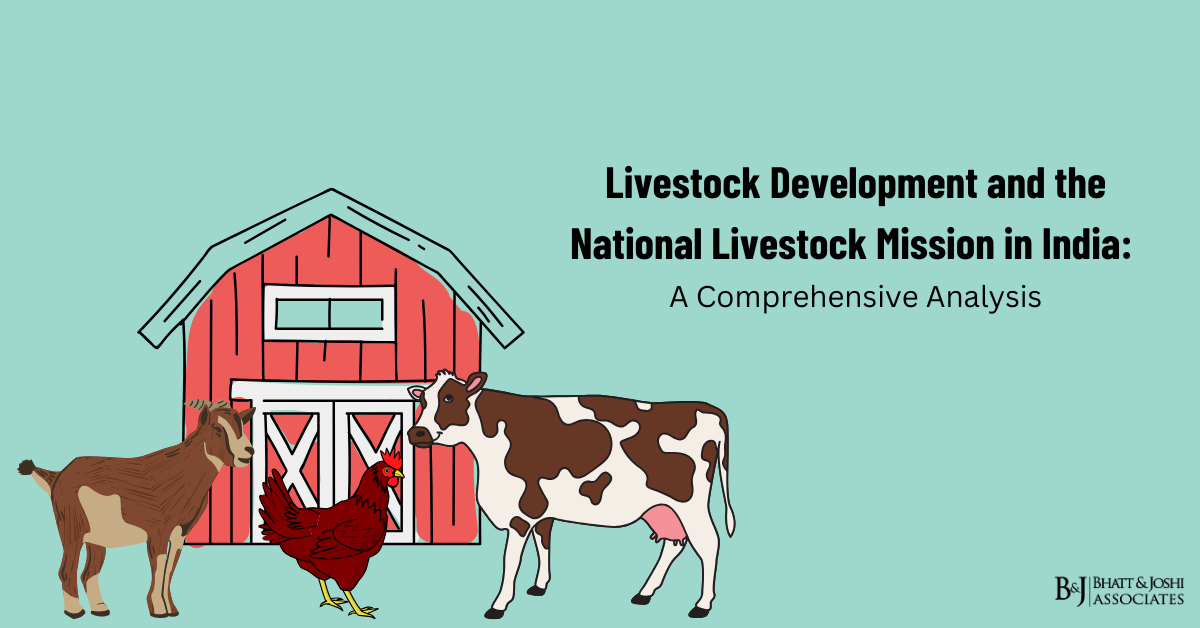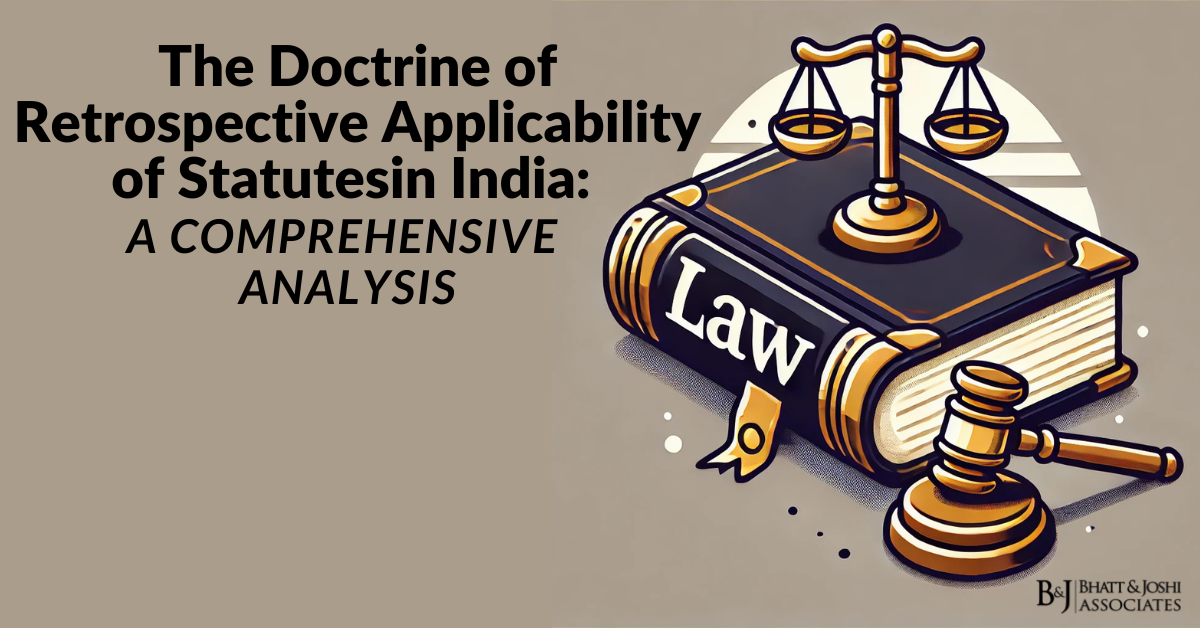Introduction
Livestock plays a crucial role in India’s agricultural and rural economy, contributing significantly to farmers’ income, rural employment, and food security. The sector encompasses a diverse range of animals, including cattle, buffaloes, goats, sheep, pigs, and poultry, each with its unique economic and cultural significance. Recognizing the importance of this sector, the Government of India has implemented various initiatives for its development, with the National Livestock Mission (NLM) being a flagship program. This article delves into the multifaceted aspects of livestock development in India, exploring the historical evolution of the sector, the establishment and role of the National Livestock Mission, and the regulatory framework that governs this vital industry.
Historical Context and Evolution
The history of livestock in India is as old as its civilization, with animals playing a central role in agriculture, transportation, and religious practices. However, the systematic development of the livestock sector began in the post-independence era, as the government recognized its potential for rural development and poverty alleviation.
The early years of livestock development focused primarily on increasing production through breed improvement and better animal husbandry practices. The 1960s and 1970s saw the establishment of key institutions like the National Dairy Development Board (NDDB) and the implementation of programs like Operation Flood, which revolutionized the dairy sector.
The 1980s and 1990s marked a shift towards a more holistic approach to livestock development, with increasing attention paid to animal health, fodder development, and marketing of livestock products. This period also saw the emergence of intensive poultry farming, transforming India from an egg-deficient country to a major producer.
The turn of the millennium brought new challenges and opportunities for the Indian livestock sector. Globalization opened up new export markets, but also increased concerns about food safety and animal welfare. Climate change and environmental sustainability emerged as critical issues affecting livestock production. It was in this context that the need for a comprehensive mission to address the multifaceted challenges of the livestock sector became apparent, leading to the conceptualization of the National Livestock Mission.
The National Livestock Mission: Establishment and Mandate
The National Livestock Mission (NLM) was launched in 2014-15 by the Ministry of Agriculture and Farmers Welfare, Government of India. The Mission was designed to address the key challenges facing the livestock sector in a comprehensive manner, integrating various existing schemes and introducing new interventions.
The primary objectives of the National Livestock Mission, as outlined in its operational guidelines, include:
Sustainable development of livestock sector, including poultry, to promote livelihood opportunities and to ensure food security. Enhancing the productivity of livestock through interventions in breeding, feeding, and health management. Promoting availability of quality feed and fodder for livestock, including preservation of crop residues. Promoting skill development and employment generation in the livestock sector. Increasing the production, processing, and marketing of livestock products. Promoting innovations in the livestock sector and supporting startups.
These objectives underscore the comprehensive approach of the NLM in addressing various aspects of livestock development, from production to marketing, and from traditional practices to modern innovations.
The NLM operates through four Sub-Missions:
Sub-Mission on Livestock Development Sub-Mission on Pig Development in North-Eastern Region Sub-Mission on Fodder and Feed Development Sub-Mission on Skill Development, Technology Transfer and Extension
This structure allows for focused interventions in critical areas while maintaining an integrated approach to livestock development.
Regulatory Framework Governing Livestock Sector in India
The regulatory framework governing the livestock sector in India is multifaceted, involving various laws, rules, and regulations at both the central and state levels. While the National Livestock Mission provides programmatic support, several other regulatory mechanisms are in place to ensure animal health, food safety, and sustainable development of the sector.
The Prevention of Cruelty to Animals Act, 1960
This Act provides the basic legal framework for animal welfare in India. Section 3 of the Act states:
“It shall be the duty of every person having the care or charge of any animal to take all reasonable measures to ensure the well-being of such animal and to prevent the infliction upon such animal of unnecessary pain or suffering.”
This provision forms the basis for various regulations related to animal husbandry practices and transportation of livestock.
The Livestock Importation Act, 1898 (as amended)
This Act regulates the importation of livestock and livestock products into India. It provides for quarantine measures and health certifications to prevent the introduction of animal diseases. Section 3A of the Act empowers the Central Government to:
“Regulate, restrict or prohibit in such manner and to such extent as it may think fit, the import into India of any livestock which may be liable to be affected by infectious or contagious disorders.”
This provision is crucial for protecting India’s livestock population from exotic diseases.
The Food Safety and Standards Act, 2006
While primarily focused on food safety, this Act has significant implications for the livestock sector, particularly in terms of standards for milk, meat, and other animal products. Section 16(1) of the Act states:
“Notwithstanding anything contained in any other law for the time being in force, the Food Authority shall have the duty to regulate and monitor the manufacture, processing, distribution, sale and import of food so as to ensure safe and wholesome food.”
This provision ensures that livestock products meet the required safety and quality standards.
Key Case Laws Shaping Livestock Sector
The livestock sector has been subject to various legal disputes and judicial interventions over the years, reflecting the complex interplay of economic, environmental, and ethical considerations. Some significant case laws include:
Animal Welfare Board of India vs. A. Nagaraja & Ors. (2014)
In this landmark case, the Supreme Court of India dealt with the issue of cruelty to animals in the context of traditional practices. The court observed:
“Animal has also honour and dignity which cannot be arbitrarily deprived of and its rights and privacy have to be respected and protected from unlawful attacks.”
This judgment had far-reaching implications for animal husbandry practices and set a precedent for balancing cultural traditions with animal welfare concerns.
Mohd. Hanif Quareshi & Ors. vs. State of Bihar (1958)
This case dealt with the constitutional validity of laws prohibiting cow slaughter. The Supreme Court held:
“A total ban on the slaughter of cows of all ages and calves of cows and calves of she-buffaloes, male and female, is quite reasonable and valid and is in consonance with the directive principles laid down in Article 48.”
This judgment has had significant implications for the cattle sector, particularly in terms of culling practices and the economics of cattle rearing.
The Role of National Livestock Mission in Sector Development
The National Livestock Mission has played a pivotal role in shaping India’s livestock sector since its inception. Its activities span several crucial areas:
- Breed Improvement: The NLM supports breed improvement programs for various livestock species, promoting both indigenous and crossbred animals suited to different agro-climatic zones. This includes support for artificial insemination services and the establishment of semen stations.
- Fodder Development: Recognizing that feed and fodder account for a significant portion of livestock production costs, the NLM has a dedicated sub-mission on fodder development. This includes support for fodder cultivation, silage making, and the establishment of fodder banks.
- Animal Health: The Mission supports various animal health interventions, including vaccination programs, disease surveillance, and the establishment of veterinary hospitals and dispensaries.
- Livestock Insurance: To protect farmers against losses due to animal mortality, the NLM provides support for livestock insurance schemes.
- Marketing Support: The Mission promotes the establishment of rural livestock markets and supports the formation of Livestock Producer Organizations (LPOs) to enhance farmers’ bargaining power.
- Skill Development: Recognizing the importance of human resources in the sector, the NLM supports various training and capacity-building programs for farmers, entrepreneurs, and veterinary professionals.
- Innovation and Entrepreneurship: The Mission promotes startups in the livestock sector through various support mechanisms, including incubation centers and financial assistance.
These multifaceted interventions by the NLM have been crucial in enhancing the productivity and sustainability of India’s livestock sector, addressing various challenges faced by farmers and entrepreneurs.
Recent Developments and Initiatives
In recent years, the livestock sector has witnessed several significant developments, many of which have been supported or facilitated by the National Livestock Mission:
- Focus on Indigenous Breeds: There has been a renewed emphasis on conserving and promoting indigenous livestock breeds, recognizing their adaptability to local conditions and resistance to diseases. The Rashtriya Gokul Mission, while not directly under the NLM, complements its objectives in this regard.
- Promotion of Processed Products: Recognizing the potential for value addition, there has been an increased focus on promoting processed livestock products, including ready-to-eat meat products and flavored milk.
- Use of Technology: The sector has seen growing adoption of technology, including the use of mobile apps for livestock management and the application of genomics in breeding programs.
- Emphasis on Organic Livestock Farming: In line with the growing demand for organic products, there has been a push towards promoting organic livestock farming practices.
- Focus on Small Ruminants: Recognizing the potential of goat and sheep farming for small and marginal farmers, there has been increased attention to these species in recent years.
Challenges and Future Prospects of Livestock Sector
Despite its growth and potential, the livestock sector in India faces several challenges:
- Climate Change: Changing climate patterns affect fodder availability and animal health, posing risks to livestock productivity.
- Zoonotic Diseases: The recent COVID-19 pandemic has highlighted the risks of zoonotic diseases, necessitating stricter biosecurity measures in livestock farming.
- Resource Constraints: Limited availability of land and water resources poses challenges for expanding livestock production.
- Market Volatility: Fluctuations in prices of livestock products affect farmers’ incomes and the overall stability of the sector.
The National Livestock Mission and related policy initiatives are addressing these challenges through various measures:
- Climate-Smart Livestock Farming: Promoting practices that enhance resilience to climate change, including the development of heat-tolerant breeds and water-efficient farming systems.
- Disease Control and Biosecurity: Strengthening disease surveillance systems and promoting biosecurity measures at farm and market levels.
- Sustainable Intensification: Promoting practices that increase productivity while minimizing environmental impact, including improved feed management and waste utilization.
- Market Linkages: Strengthening market infrastructure and promoting contract farming to reduce price volatility and ensure better returns for farmers.
Concluding Thoughts on India’s Livestock Sector
The livestock sector in India, with its rich diversity and significant economic impact, continues to evolve under the guidance of the National Livestock Mission and related regulatory mechanisms. The sector’s journey from a traditional, subsistence activity to a modern, market-oriented industry reflects the broader transformation of India’s rural economy.
The National Livestock Mission, through its multifaceted interventions, has played a crucial role in this transformation, supporting millions of livestock farmers and contributing to rural livelihoods and nutritional security. As the industry moves forward, the NLM’s role in facilitating adaptation to new challenges and opportunities will be critical.
The future of the livestock sector in India is closely tied to broader issues of food security, environmental sustainability, and rural development. The industry’s ability to balance these diverse objectives while maintaining economic viability will be key to its long-term success.
As global demand for animal proteins continues to grow, the Indian livestock sector, supported by the National Livestock Mission and adaptive policy measures, is poised to play a significant role not just in meeting domestic needs but also in the global market. The challenges are significant, but so are the opportunities for innovation, sustainability, and inclusive growth in this vital sector of the Indian economy.














